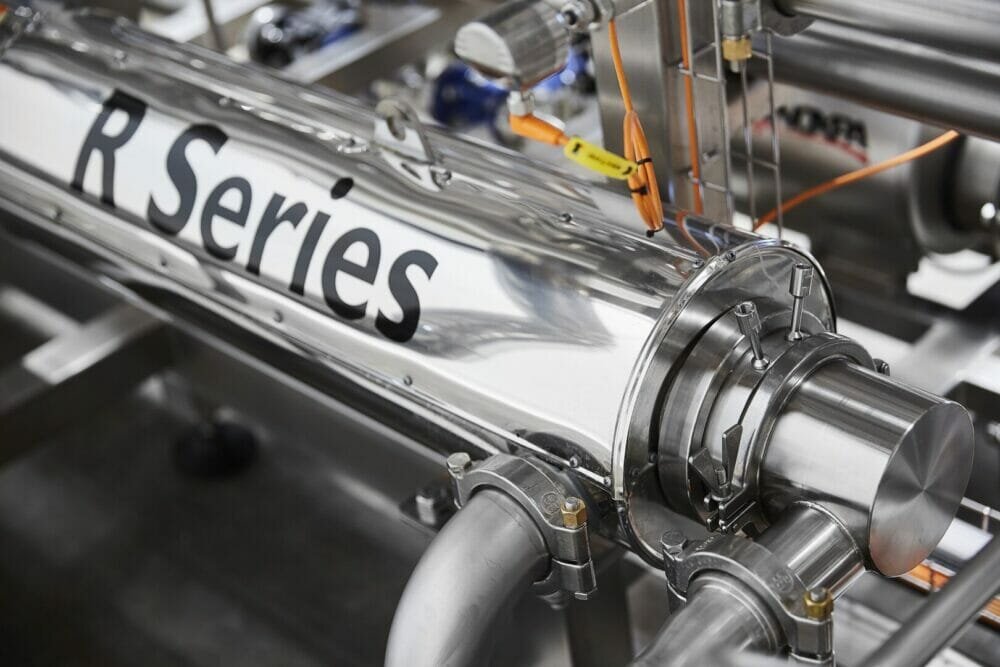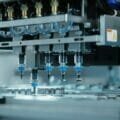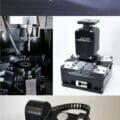By Matt Hale, International Sales & Marketing Director, HRS Heat Exchangers
While corrugated tube heat exchangers are excellent for many food industry applications, some more challenging processes – such as pasteurising or cooling thick, viscous products like creams, sauces and even meat products – require a more robust solution in the form of scraped surface heat exchangers.

As the name suggests, scraped surface heat exchangers (SSHEs) use scrapers to perform a number of functions. Firstly, and most importantly, the scrapers constantly remove product from the tube surface to prevent the build-up of a fouling layer which would otherwise reduce heat transfer. Secondly, the scraper provides a mixing action within the product as it passes through the heat exchanger, ensuring that heating or cooling occurs evenly within the product. Finally, in many designs, the design actually helps push the product through the tube, ensuring even flow and heat transfer.
HRS Heat Exchangers offers two models of scraped surface heat exchanger. The Unicus Series uses a patented design to provide a reciprocating scraper movement cleaning the heat exchanger surface and enhances heat transfer by increasing turbulence. In contrast, the R Series uses a rotating helical screw to enhance product flow and turbulence and keep the tube surface clean.
What products require SSHEs?
Different materials have different handling requirements, and while the process being undertaken (for example cooling or pasteurisation) is also an important factor, product identity is the most important consideration for both client and engineer: there is no ‘one size fits all’ solution. Having said that, SSHEs are commonly used for viscous food products with a high fouling potential, such as creams and sauces, purees, meat mince and slurry, and many others.
SSHEs typically consist of two key components within the tube: the scrapers, which move against the inside surface of the tube to remove fouling, and a mechanism (known as the scraper bar), which holds and drives the scrapers.
Disadvantages of SSHEs
Because of the increased resistance within the tube, SSHEs can create much higher pressure drops than open tube heat exchangers. A higher pressure drop means more pressure (and therefore more energy) is required to operate the equipment, and in some cases the higher pressure can create a shearing force which physically splits or damages the product (for example sauces and emulsions).
Reciprocal or Rotating?
In the simplest terms, reciprocal heat exchangers like the HRS Unicus Series are suitable for viscous products which require gentle handling (such as creams or products containing pieces which you want to keep intact), while the rotating R Series is more suitable for products which actually benefit from vigorous handling or mixing (for example, mixed fruit purees). The type of heat exchanger will also be influenced by the temperature rise (or fall) required and the heating or cooling medium employed.
There are also other considerations, such as the pressure drop encountered through the heat exchanger, the heating medium, and whether you will need to recover product. These factors may suggest that the R Series is more suitable, but with more than 40 years’ experience, the HRS team will be able to advise on the best solution for your particular situation.



HRS Unicus Series
The HRS Unicus Series is specifically designed to provide the improved heat transfer of a traditional SSHE, but with a gentle action to preserve the quality and integrity of delicate food products such as cheese, yoghurt, ice cream, meat paste, and products containing whole pieces of fruits or vegetables. Over the years, a number of different scraper designs have been developed, meaning that every application, from processing curds to heating sauce or pasteurising fruit compotes can be handled in the most efficient yet gentle way possible. Other applications where the Unicus Series has been beneficial include handling meat slurry and mince, and processing yeast-malt extracts.
The hygienic design uses a patented stainless-steel scraping mechanism which moved hydraulically back and forth within each interior tube. The movement performs two key functions: it minimises potential fouling by keeping the tube wall clean, and also creates turbulence within the material. Together, these actions increase the rate of heat transfer in the material, creating a highly efficient process which is ideal for viscous and high fouling materials.
Since they are controlled separately, the speed of the scrapers can be optimised for a particular product being processed, so that materials which are susceptible to shear stress or pressure damage (such as creams and custards) can be handled delicately to prevent damage while still providing high levels of heat transfer. The Unicus Series has proven particularly useful in handling viscous food products where texture and consistency are important attributes. For example, some creams or sauces may shear when subjected to excess pressure, making them unusable. The Unicus means that effective heat transfer can be carried out at low pressures which overcomes these problems.
The HRS R Series
The HRS R Series uses a unique helical screw, which resembles an auger wrapped around the scraper bar. The key to this design is the gap between the edge of the helix and the tube surface, which provides three important benefits. Firstly, the pressure drop is reduced along the heat exchanger, particularly for difficult high viscosity products. Not only does this reduce energy consumption, but it also helps to maintain heat transfer efficiency. The second benefit is that the gap increases turbulence at the tube wall, helping to reduce fouling and improve mixing.
Finally, R Series can be used to recover product (by running the helix in reverse). Depending on the product and configuration of the heat exchanger, up to 90% of product can be recovered.








